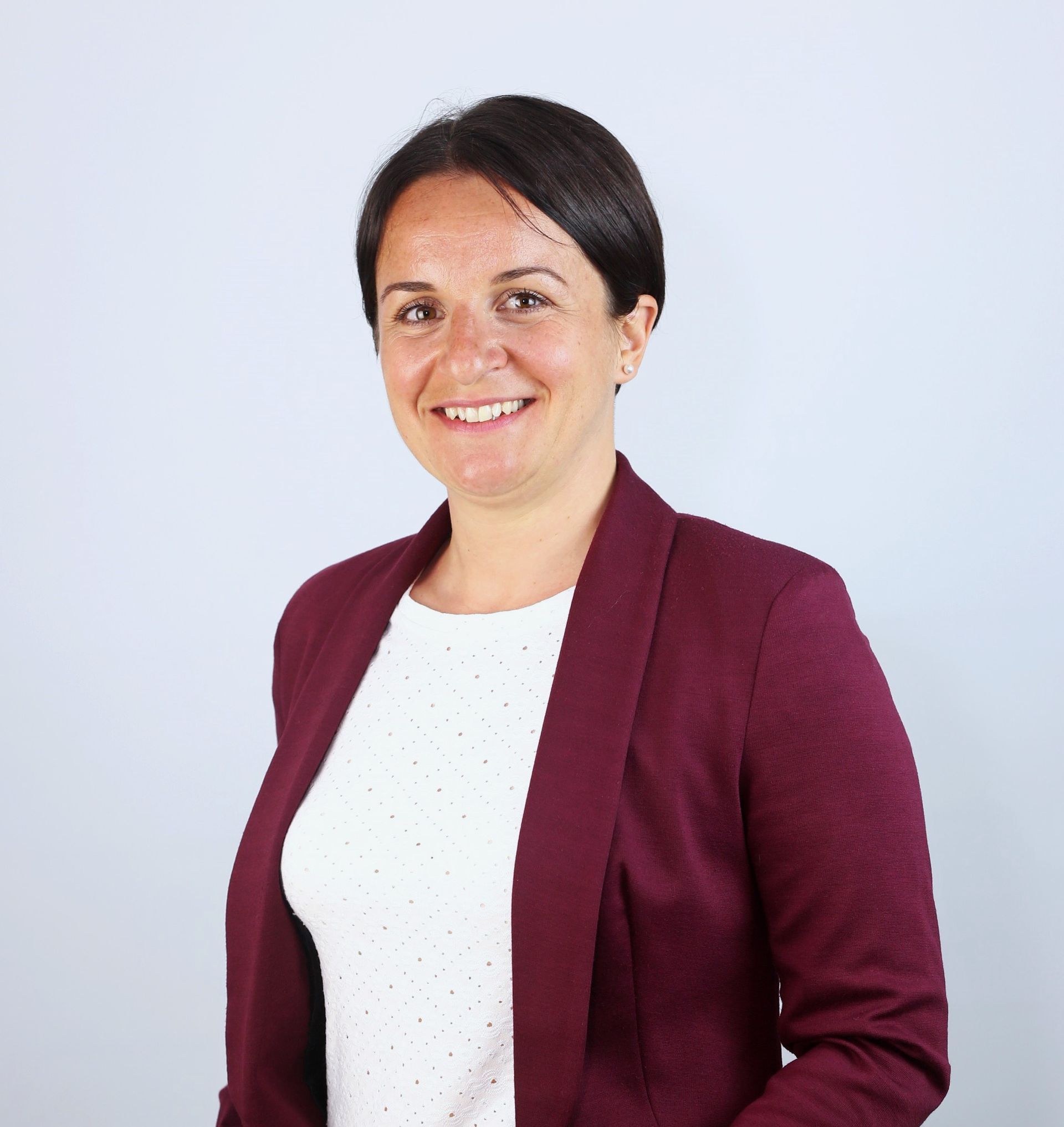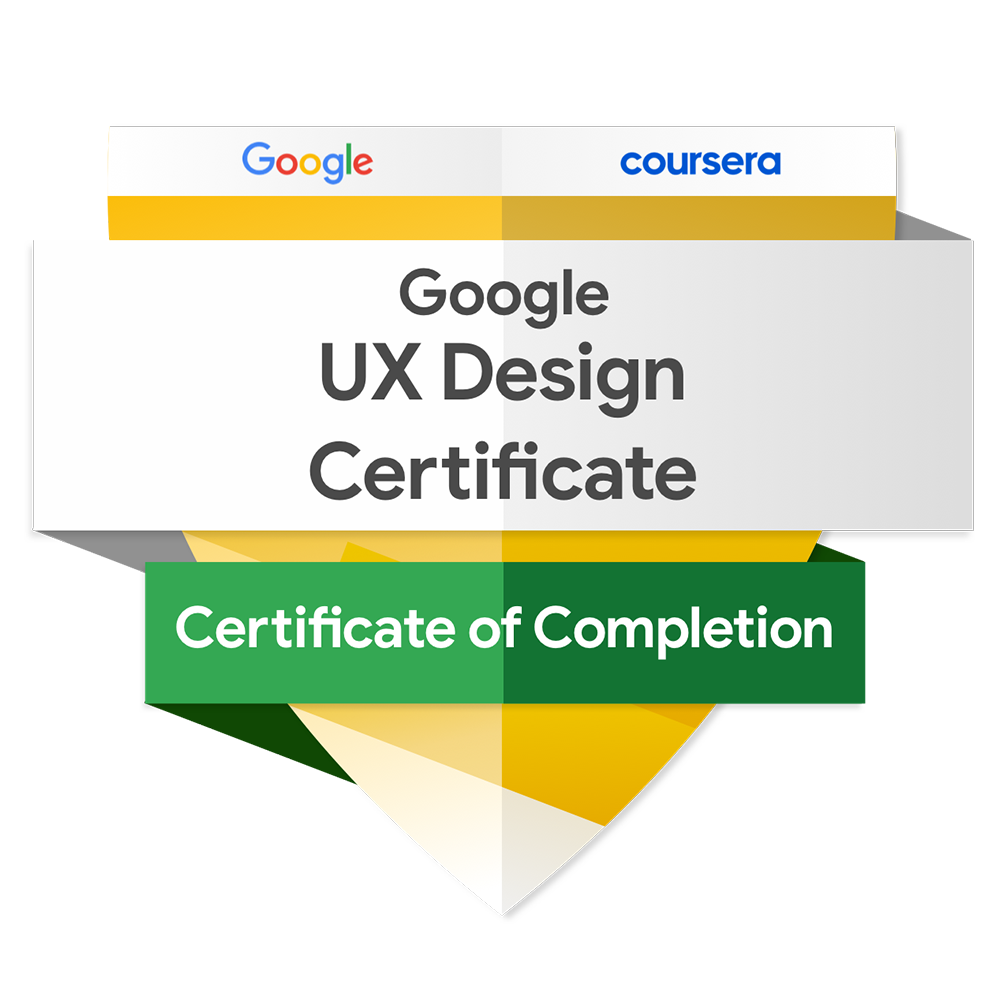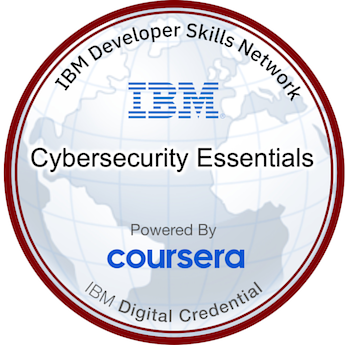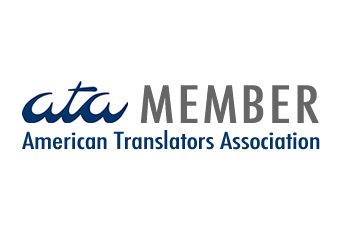How to Use AI for Medical Translation
In this blog post I will briefly explain how to use AI for medical translation and why human expertise still matters.
Tools like AI-driven translation software can speed up the process of translating medical documents, such as patient records, medical device instructions, and regulatory forms. However, despite AI’s advantages, human translators are still necessary to ensure accuracy and reliability. AI should be used as a tool, not a replacement, especially when translating sensitive medical content. Below are five key things to keep in mind when using AI for medical translation.
1. AI Needs Human Oversight for Accuracy
While AI can translate medical content quickly, it lacks the ability to fully understand the context behind complex medical terminology. Medical translation involves more than just word-for-word conversion—it’s about making sure the meaning, tone, and regulatory details are accurate. For example, translating medical IFUs with AI can be helpful, but only a human translator can confirm that the instructions are both clear and legally compliant in the target language.
2. AI Has Limitations in Understanding Complex Terminology
AI is great at handling general language, but medical terms often have very specific meanings that AI might misinterpret. For example, AI to translate medical device instructions could miss the exact specifications needed to ensure the correct use of a device. A translator familiar with medical terminology and the industry can catch these subtle errors that an AI system might overlook. Human expertise will avoid you costly errors.
3.
The Value of Professional Translators in AI Workflows
Artificial Intelligence (AI) can assist in speeding up translation tasks, but it shouldn’t replace skilled human translators. Instead, it should complement their work. Translators can use AI to quickly generate drafts, but they should always review and refine these translations to ensure they’re accurate. In medical translation, precision is crucial, and only a trained human translator can ensure that the final product meets the high standards required for medical documents.
4. AI Struggles with Nuance and Tone
Medical documents often require translations that take tone and context into account. Informed consent forms, for instance, need to communicate empathy and clarity, while also being legally precise. AI might not always pick up on these nuances. A human translator can adjust the language to ensure it’s appropriate and clear, something that AI struggles to do effectively in sensitive medical contexts.
5. AI Can’t Handle Localization and Regulatory Compliance
Every country has different medical regulations, and these can affect how medical content should be translated. AI can provide a basic translation, but it won’t be able to adapt the content to meet local requirements. For instance, when AI in medical translation is used for documents like clinical trial information or medical device instructions, a human translator must ensure that everything aligns with local laws, cultural norms, and medical practices.
AI has made a significant impact on medical translation by improving efficiency and speed. But when it comes to translating sensitive medical documents, human expertise is still essential. AI should be used as a tool to support the work of trained medical translators, not as a replacement. By combining AI’s capabilities with the skill of human professionals, the medical translation process can be both accurate and reliable.
Do you need to translate medical content into French? Trust a professional and specialized medical translator.
Emi Lecret
Helping innovative medical organizations make a difference and improving patients' lives
Read more about my services or get in touch with me today at contact@emilecret.com










